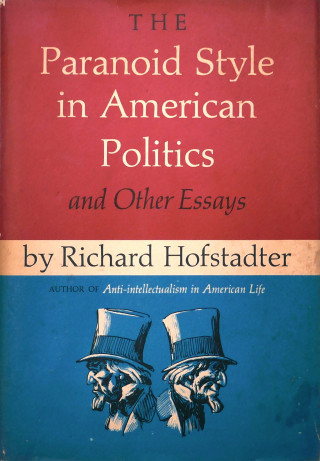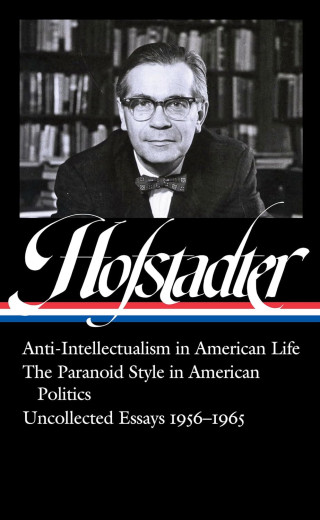Daniel Wortel-London: Hofstadter understood himself as a political historian, but one of a particular type. While initially attracted to “orthodox political history” (“History and the Social Sciences,” 1956), he admitted that his work largely forwent its classical questions: how public institutions are formed, how political and economic power is structured and distributed, and the “who gets what, when, and how” considerations of political life. Instead, his main objective was to understand the “ideas, moods, and atmosphere” that conditioned “who perceives what public issues, in what way, and why” (Introduction, The Paranoid Style in American Politics, and Other Essays, 1964). Nonetheless, Hofstadter’s treatment of ideas tended to differ from the “unit-idea” approach of Arthur Lovejoy and contextual approaches later developed by Quintin Skinner and J. G. A. Pocock. How would you characterize Hofstadter’s approach to the history of ideas?
Sean Wilentz: Richard Hofstadter was a political historian deeply attuned to ideas and, to some extent, an intellectual historian deeply attuned to politics. His approach arose in part from his undergraduate training in philosophy at the University of Buffalo. It also owed a great deal to his interest in literature and literary criticism. His connection to his close friend Alfred Kazin as well as his admiration for critics like Edmund Wilson were very important to his own intellectual style. Above all, his work originated in his lifelong confrontation with the Progressive historians, especially Charles A. Beard, who became something of a fixation. Whereas Beard emphasized conflict and saw material forces, or certain material forces, as determining politics, Hofstadter discerned continuities and unities, and he saw ideas, and in time ideologies and social psychology, as crucial as well. None of it directly originated in any particular school of intellectual or cultural history: it came chiefly out of his growing up in the 1930s amid the Great Depression, his early interest in Marxism, then his disillusionment with and reaction to what he beheld as the dogmatic idiocy as well as the bad faith and treachery of the Stalinist Left. I included in the Library of America volume a section from a hitherto unpublished memoir where Hofstadter laid all of this out, describing what he called his mode of “analytical” history. Later on, he became very interested in the writings of Karl Mannheim as well as the Frankfurt School—especially Theodor Adorno’s The Authoritarian Personality (1950)—which was part of the intellectual ferment in and around Columbia that was connected to the world of the New York Intellectuals. You can’t fully understand Hofstadter’s use of categories like “status anxiety” or “pseudo-conservatism” without appreciating his immersion in the foundations of what became known as Critical Theory.

